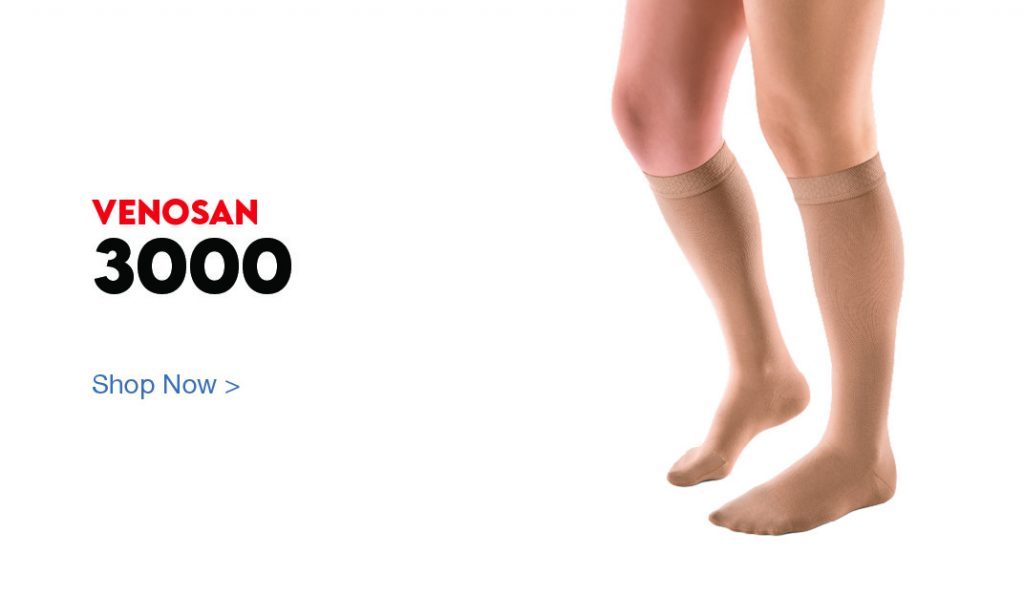Understanding Lipedema
Lipedema is a disorder characterized by the abnormal accumulation of fat in the legs and sometimes in the arms, leading to pain, swelling, and mobility issues. This condition predominantly affects women and is often mistaken for obesity or lymphedema.
Types of Lipedema
Lipedema can be classified into different types based on the areas affected and the distribution of fat. These include:
- Type 1: Involves the buttocks and hips.
- Type 2: Extends to the knees, with the fat often forming a fold over the knee.
- Type 3: Includes the lower legs down to the ankles, where a ‘bracelet’ effect can be observed.
- Type 4: Involves the arms, in addition to the legs.
- Type 5: Affects the calves, leading to a cylindrical shape.
Stages of Lipedema
The progression of lipedema is categorized into stages, which help in determining the severity and guiding treatment:
- Stage 1: The skin appears normal, but there is a soft texture to the fat beneath the skin, with a slightly enlarged but smooth surface.
- Stage 2: The skin becomes uneven, resembling the texture of an orange peel. The fat deposits are larger and more fibrotic.
- Stage 3: Large, hanging folds of tissue can be observed, and the nodules may become more painful. Mobility is often significantly affected.
Symptoms of Lipedema
- Pain and tenderness in the affected limbs.
- Feeling of heaviness and fatigue in the legs.
- Swelling that does not improve with elevation.
- Bruising easily in the affected areas.
- Joint pain, especially in the knees.



